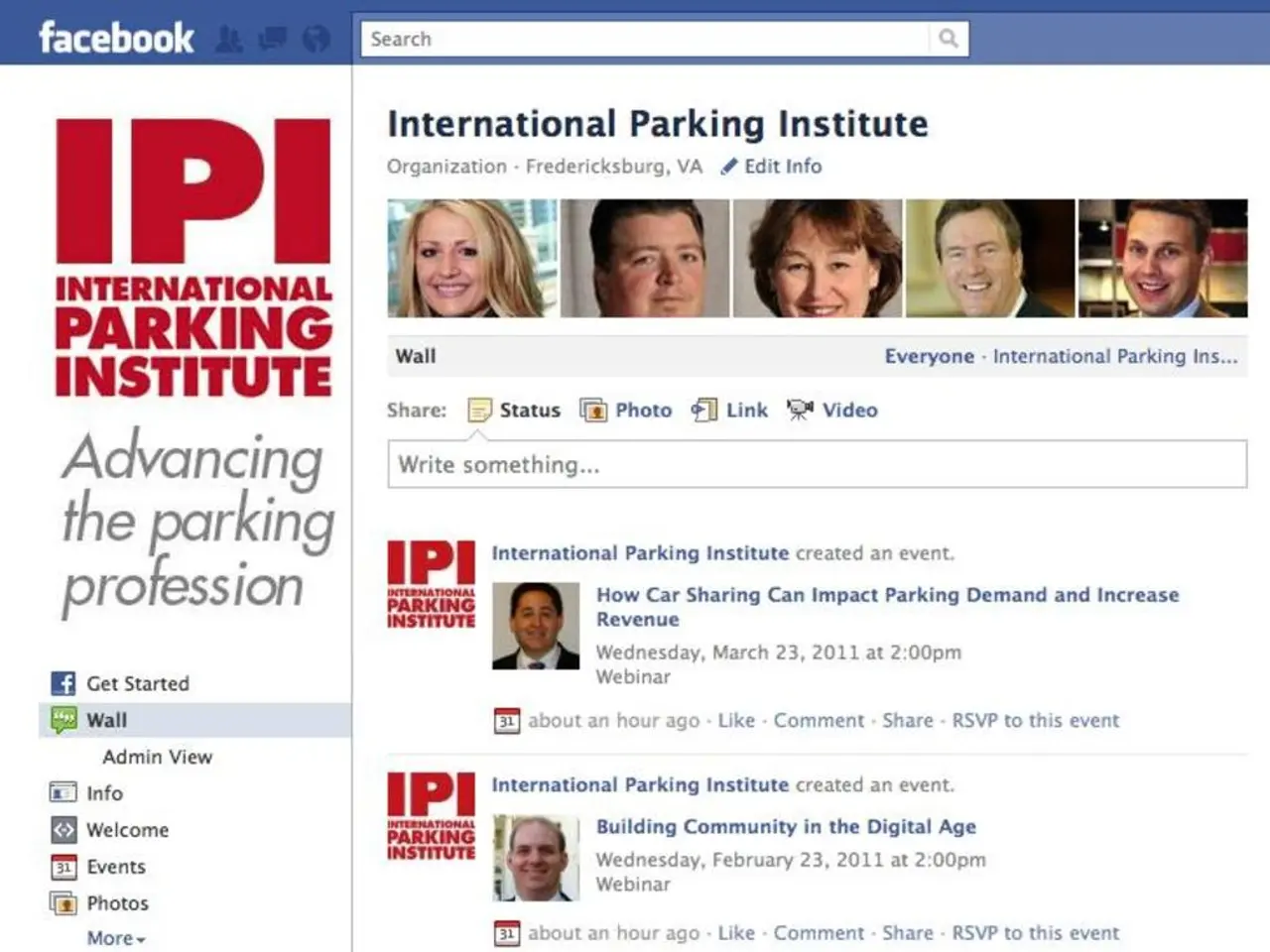Social Pressure and Body Judgment in peer groups: Strategies for Standing Up Against it
Body shaming within friend groups among adolescents and young adults is a significant concern that often goes unaddressed. Despite society's progress against workplace harassment and online bullying, this insidious form of abuse persists, particularly in close-knit circles.
Several factors contribute to the prevalence of body shaming. Media, with its widespread idealization of certain body types, plays a crucial role. This constant exposure to unattainable beauty standards can lead to peer pressure, body dissatisfaction, and negative self-talk. Social media further amplifies these ideals, making them more accessible and pervasive, and increasing the potential for negative body talk and criticism from peers [1].
The psychological and emotional effects of body shaming can be profound. Continuous body dissatisfaction can lead to Body Dysmorphic Disorder (BDD), a mental health condition characterized by an excessive focus on perceived flaws, and Muscle Dysmorphia, an unhealthy obsession with achieving muscularity. These conditions can contribute to increased risks of depression, anxiety, social withdrawal, and self-esteem issues [2][3][4][5].
In a 2024 study, the National Crime Records Bureau (NCRB) reported nearly 14,000 student suicides—the highest number ever recorded in a single year. A separate study found that over 70% of teens had been bullied about their weight in recent years. In another worrying finding, a study on body shaming among teens found that nearly 45% experienced it at least once in the past year [6][7].
To mitigate these effects, it's essential to promote positive body image and support networks within friend groups. Encouraging open discussions about body image and self-acceptance, educating individuals about diverse body types, and fostering a culture that values and appreciates all body types are key strategies. Positive reinforcement and the promotion of inclusivity and respect can help create a safe and supportive environment for everyone [8].
Industries are also taking steps to address body shaming. The fashion industry, for instance, is increasingly using models with a range of sizes, shapes, and skin tones. This shift in representation is significant, as it helps break down the pressure that causes body shaming and questions the "one-size-fits-all" concept of beauty.
The entertainment industry is also progressing in its portrayal of characters beyond traditional beauty standards. Films like Dum Laga Ke Haisha, Double XL, Made in Heaven, and Four More Shots Please! now portray characters with more nuance, confidence, and depth, moving beyond the old trope of the comic relief or "fat best friend."
However, the tragic case of a 17-year-old girl from Maharashtra who died by suicide after enduring constant body shaming from her close friends serves as a stark reminder of the devastating consequences of body shaming. Forty per cent of teens reported that content on social media caused them to worry about their image, further highlighting the need for change [9].
The increased risk of having suicidal thoughts is among the most worrisome consequences of body shaming. It's crucial to create a peer network for everyone that affirms rather than diminishes their worth. By promoting positive body image and fostering supportive environments, we can help prevent the devastating impact of body shaming on our adolescents and young adults.
References: [1] https://www.ncbi.nlm.nih.gov/pmc/articles/PMC6786344/ [2] https://www.ncbi.nlm.nih.gov/pmc/articles/PMC5634000/ [3] https://www.ncbi.nlm.nih.gov/pmc/articles/PMC6708884/ [4] https://www.ncbi.nlm.nih.gov/pmc/articles/PMC6786344/ [5] https://www.ncbi.nlm.nih.gov/pmc/articles/PMC6786344/ [6] https://www.thehindu.com/news/national/ncrb-2024-reveals-highest-ever-number-of-student-suicides-at-13797/article39640514.ece [7] https://www.thehindu.com/news/national/over-70-per-cent-of-teens-bullied-about-their-weight-in-recent-years/article37451374.ece [8] https://www.ncbi.nlm.nih.gov/pmc/articles/PMC6786344/ [9] https://www.thehindu.com/news/national/forty-per-cent-of-teens-reported-that-content-on-social-media-caused-them-to-worry-about-their-image/article37451374.ece
- The fashion industry's shift towards inclusivity, showcasing models with diverse body types, sizes, and skin tones, is a step towards challenging the "'one-size-fits-all" concept of beauty and reducing pressure that causes body shaming.
- The entertainment industry's portrayal of characters that transcend traditional beauty standards could help foster a culture where individuals are appreciated for their nuanced qualities rather than their physical appearances, thus minimizing body shaming.
- In the health-and-wellness and lifestyle sectors, promoting positive body image, open discussions about body acceptance, and supporting networks can contribute significantly to mitigating the psychological and emotional impact of body shaming on adolescents and young adults.




